Gradually the Priory grew to become one of the richest landowners in Warwickshire. In 1447 the wealth and importance of the Priory was recognised by the Pope raising it to the status of Abbey.
Eventually, Henry VIII took control of the English Church away from the Pope and closed the monasteries. Abbot Simon Jeykes signed over the Abbey to the King in 1538. Most of the Abbey church and buildings were dismantled and used to repair or construct other buildings in the town, including some in the Castle.
By about 1700 the pools had largely disappeared and the surrounding land was under pasture. The only usable buildings were the gatehouse and one known as the Barn, both of which survive today. Parts of the Abbey remains were revealed during extensions to the churchyard in 1840 and 1890. A major excavation in 1922 uncovered much of the Abbey church, cloister and surrounding buildings. These remained open until 1966, when they were covered with soil for their own protection.
The gatehouse was the main entrance to the Abbey from the High Street. Here the poor would have been given food and drink.
We walked towards the church
St Nicholas' Church was built c1291.
a whole cluster of them
Kenilworth played an important historical role: it was the subject of the six-month-old siege of Kenilworth in 1266, thought to be the longest siege in Medieval English history, and formed a base for Lancastrian operations in the Wars of the Roses. Kenilworth was also the scene of the removal of Edward II from the English throne, the perceived French insult to Henry V in 1414 of a gift of tennis balls (said by John Strecche to have prompted the campaign that led to the Battle of Agincourt), and the Earl of Leicester's lavish reception of Elizabeth I in 1575. It has been described as 'one of two major castles in Britain which may be classified as water-castles or lake-fortresses'.
The castle was built over several centuries. Founded in the 1120s around a powerful Norman great tower, the castle was significantly enlarged by King John at the beginning of the 13th century. Huge water defences were created by damning the local streams, and the resulting fortifications proved able to withstand assaults by land and water in 1266. John of Gaunt spent lavishly in the 14th century, turning the medieval castle into a palace fortress designed in the latest perpendicular style. The Earl of Leicester then expanded the castle during his tenure in the 16th century, constructing new Tudor buildings and exploiting the medieval heritage of Kenilworth to produce a fashionable Renaissance palace.
Although parts of it are now ruined as a result of the slighting, or partical destruction of the castle by Parliamentary forces in 1649 to prevent it being used as a military stronghold after the English Civil War, Kenilworth illustrates five centuries of English military and civil architecture.
The castle is built almost entirely from local new red sandstone.
Very Thornfield Hall
This part of the walk consisted of walking around the perimeter of the castle with the wall and ruins always on our left

Throughout the castle's history, it is likely the dam platform was used periodially as a tiltyard, where jousting tournaments took place as part of more extensive chivalric celebrations. In its late 16th-century form, the dam afforded 'a very stately and beautiful long entry'. Walled on both sides in stone, it was specifically referred to as a tiltyard. Tournaments would have been viewed from the remodelled Gallery Tower.
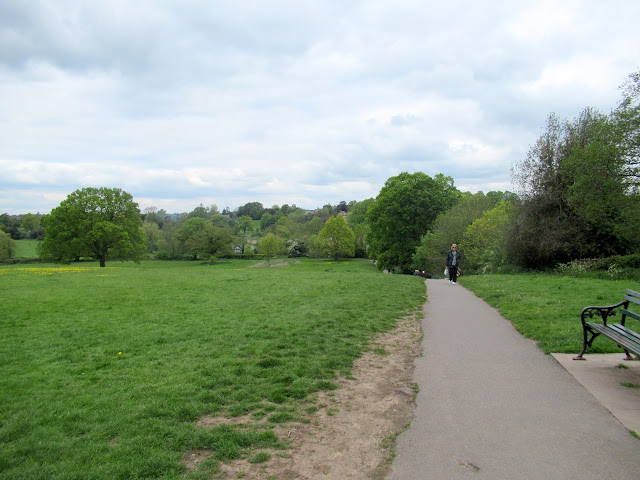





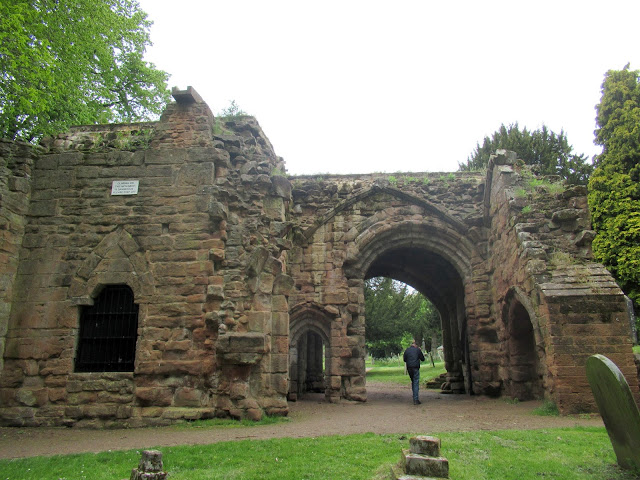
































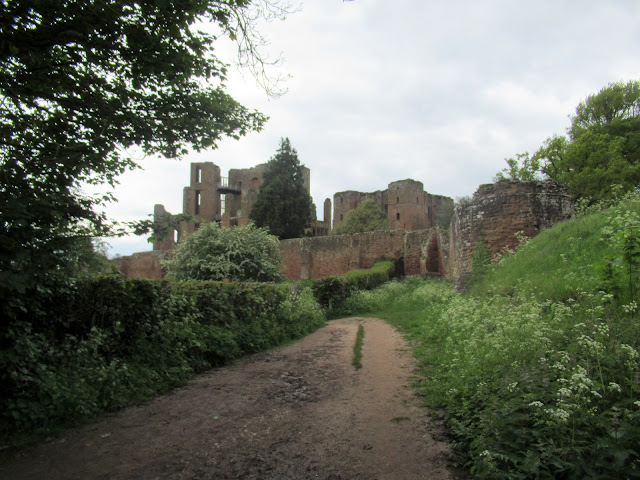
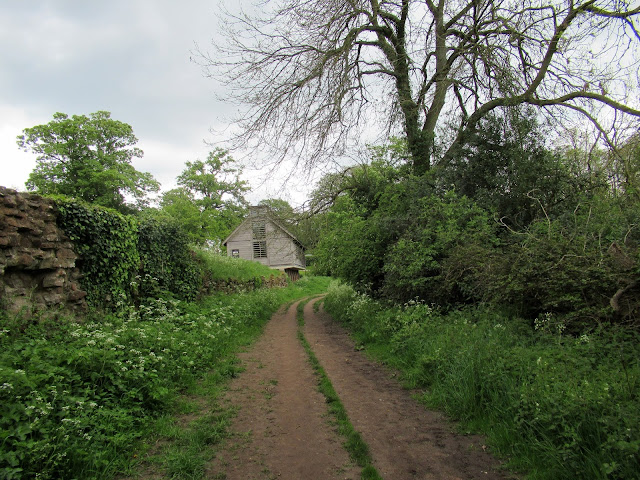






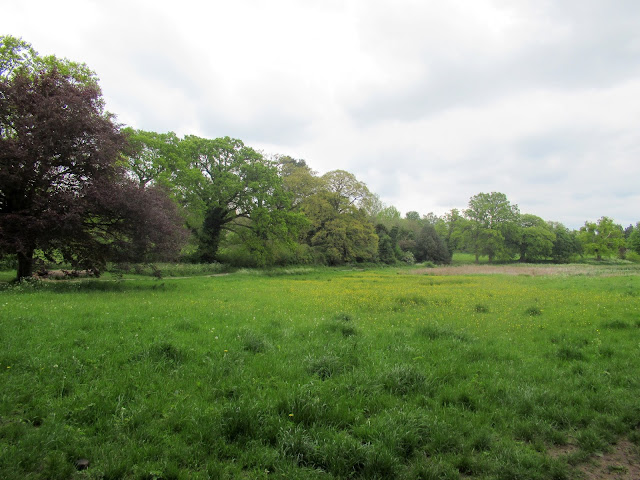





No comments:
Post a Comment